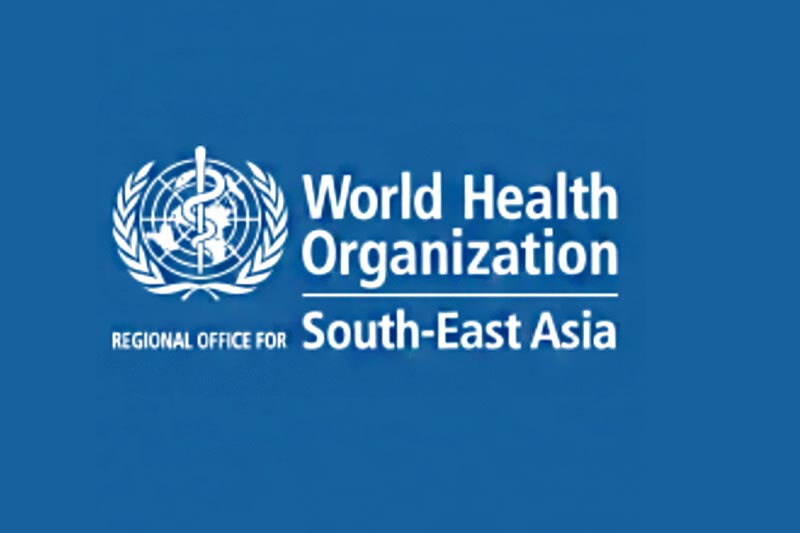Trachoma eliminated from Nepal: WHO
Kathmandu, November 22
The World Health Organisation handed over trachoma elimination certificate to the government amidst a function here today.
Trachoma, a leading cause of blindness among people worldwide, is one of the world’s oldest infectious diseases related to the eyes. Earlier in May, the WHO had validated Nepal, the first in WHO’s South-East Asia Region, for having eliminated trachoma.
Trachoma was the second leading cause of blindness in Nepal until 1981. The communicable disease came under control after the government launched National Trachoma Programme in 2002.
The Ministry of Health and Population said people affected by trachoma received quality eye surgery through a team of 3,000 well-trained staff at 18 eye hospitals throughout the country. Similarly, additional 85 district eye care centres, have been established to provide eye care services. Ten thousand social volunteers and more than 16,000 female community health volunteers were mobilised to raise awareness of trachoma. The ministry said by the year 2014, 14.7 million doses of Azithromycin, a key medicine to cure the disease, were administered throughout Nepal.
Declaration of trachoma elimination means less than five per cent children between the ages of one and nine years have signs of active trachoma, which can be treated with antibiotic eye drops. Similarly, less than 0.2 per cent people above the age of 15 years have a more advanced form of the disease (trachomatous trichiasis) requiring eyelid surgery. Nepal was handed over the trachoma elimination certificate as its health system is capable of identifying and treating any new case of the disease.
The National Trachoma Programme initiated by the Ministry of Health and Population was largely implemented by Nepal Netra Jyoti Sangh, the Ministry of Education and the Department of Water Supply and Sewerage. The programme was financially and technically supported by USAID’s Research Triangle Institute International, International Trachoma Initiative, Helen Keller International and the WHO. Receiving the certificate at the ceremony, Minister of Health and Population Upendra Yadav said, “This could be an excellent example to achieve this historical success in public health. This also suggests that the public-private partnership model in social sector could be beneficial in other such projects.”
Similarly, USAID/Nepal’s Mission Director Amy Tohill-Stull said, “USAID has worked closely with the Government of Nepal to survey the impact of trachoma and roll out treatment services. Today, after nearly a decade of investing in eliminating trachoma, the United States government is proud of the milestone we have achieved together.” She also expressed confidence that regular support from them could help eliminate other harmful but neglected diseases.
WHO South-East Asia Regional Director Poonam Khetrapal Singh said that the elimination of the infectious disease was a proud achievement. “Not only does it speak of your enduring sense of mission – as well as the resolve with which you pursued it, but it also underscores the wisdom of various programmes envisioned for trachoma elimination,” she said.






